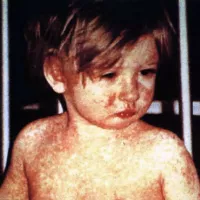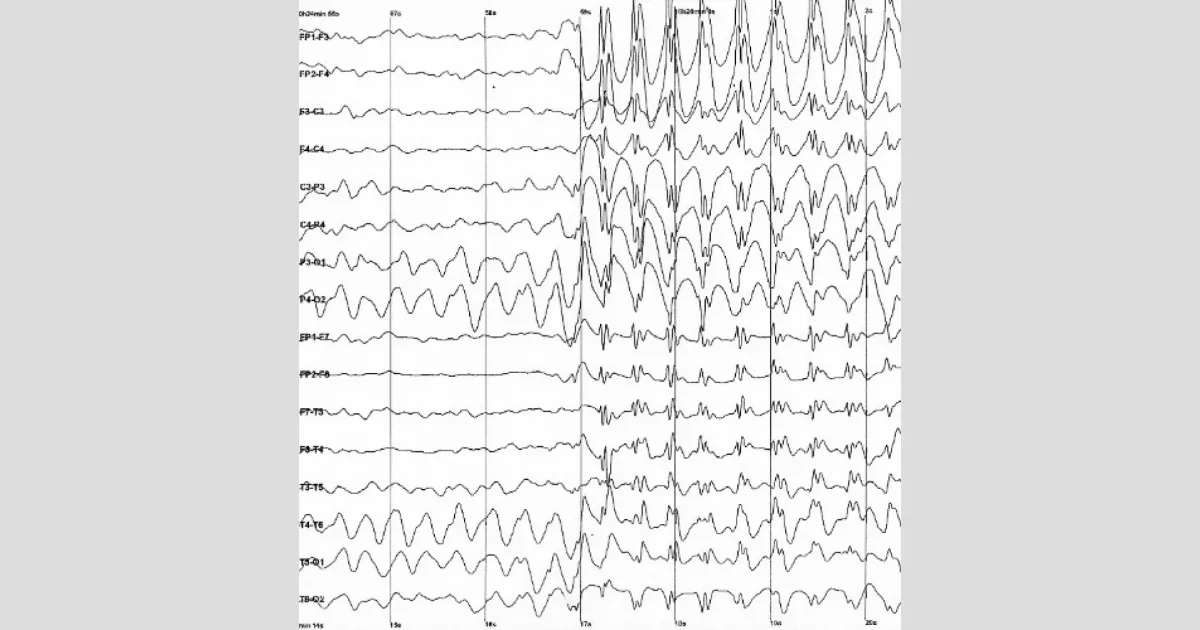Epilepsy encompasses a range of neurological disorders marked by recurring seizures, stemming from abnormal electrical brain activity. These seizures vary in intensity and duration, from subtle episodes to prolonged shaking, potentially leading to physical injuries. A diagnosis of epilepsy typically requires two or more unprovoked seizures, although a single seizure might suffice in cases where recurrence is anticipated. These seizures are distinguished from isolated incidents triggered by specific causes like poisoning. The unpredictable nature of epileptic seizures can result in social stigma and varied treatment approaches globally.
1912: Phenobarbital Introduced
In 1912, phenobarbital was developed as the first modern treatment for epilepsy.
1938: Phenytoin Introduced
In 1938, phenytoin was introduced as an anti-seizure medication.
1971: Epilepsy and Marriage Annulment
Before 1971, epilepsy could be grounds for marriage annulment in the United Kingdom.
1989: ILAE Classification of Epilepsies
The ILAE presented a classification system for epilepsies and epileptic syndromes in 1989.
1990: Epilepsy-related deaths
In 1990, epilepsy resulted in 125,000 deaths globally.
2000: Ancient Understanding of Epilepsy
Around 2000 BC, the oldest known description of a seizure, from Mesopotamia, attributed the condition to spiritual causes, involving the influence of a moon god.
2003: Changing Epilepsy Trends in Developed Countries
Between the 1970s and 2003 in developed nations, there was a decrease in new childhood epilepsy cases, but an increase in elderly cases. Increased survival rates after strokes in older adults are believed to be a factor.
2004: Economic Costs of Epilepsy in Europe
In 2004, the economic costs of epilepsy in Europe amounted to approximately 15.5 billion euros.
2005: ILAE Epilepsy Definition
In 2005, the ILAE defined epilepsy as "a disorder of the brain characterized by an enduring predisposition to generate epileptic seizures and by the neurobiologic, cognitive, psychological, and social consequences of this condition." It requires the occurrence of at least one epileptic seizure.
2005: Practical Definition of Epilepsy
In 2005, the ILAE defined epilepsy with a focus on its practical application in clinical settings. This definition emphasizes when an "enduring predisposition" to seizures exists.
2008: Purple Day for Epilepsy Awareness
Purple Day, a global epilepsy awareness day, was created in 2008 by Cassidy Megan from Canada. It takes place each year on March 26th.
2010: ILAE Addresses Epilepsy Causes
In 2010, the ILAE Commission for Classification of the Epilepsies tackled the issue of underlying causes, categorizing epilepsies into genetic, structural/metabolic, and unknown causes.
2011: Seizure Prediction Research
As of 2011, research on seizure prediction using EEG data had not yet yielded an effective prediction method, though progress was being made.
2011: Challenges in Epilepsy Classification
In 2011, the ILAE addressed difficulties in classifying syndromes with unclear causes and where epilepsy wasn't the primary feature. They acknowledged that the classification would continue to evolve with ongoing research.
2012: Epilepsy and Celiac Disease Link
A 2012 review explored the connection between epilepsy and celiac disease, estimating that 1-6% of individuals with epilepsy also have celiac disease, compared to 1% in the general population. The review also mentioned a specific syndrome involving celiac disease, epilepsy, and brain calcifications.
2012: Active Epilepsy Prevalence and Risk Factors
In 2012, active epilepsy, defined as having at least one seizure in the past five years, was estimated to affect 3-10 per 1,000 people. Poverty was identified as a risk factor.
2012: New Research in Epilepsy Treatment
In 2012, gene therapy and immune-altering medications were being studied for epilepsy treatment. Additionally, noninvasive stereotactic radiosurgery was being compared with traditional surgery for specific epilepsy types.
2014: ILAE Epilepsy Definition Clarification
The International League Against Epilepsy (ILAE) clarified its 2005 definition of epilepsy in 2014. The clarified definition focuses on the clinical presentation of epilepsy, designed for practical use in diagnosing and managing the condition.
2015: International Epilepsy Day Established
International Epilepsy Day, also known as World Epilepsy Day, was established in 2015 and is observed annually on the second Monday of February.
2016: Alternative Medicine for Epilepsy
As of 2016, there's no reliable evidence to support the use of alternative medicine, like acupuncture or yoga, for epilepsy. Evidence regarding melatonin use was also insufficient.
2017: New Epilepsy Classification Guidelines
In 2017, the International League Against Epilepsy (ILAE) introduced updated guidelines for classifying seizures and epilepsies, including their causes and associated conditions.
2018: FDA Approval of Cannabidiol
In 2018, the FDA approved cannabidiol as an add-on therapy for specific epilepsy syndromes (Lennox-Gastaut and Dravet syndromes) in children who don't respond well to other medications.
2021: Global Epilepsy Prevalence
As of 2021, approximately 50 million people worldwide were affected by epilepsy, representing 1% of the population by age 20 and 3% by age 75. A greater number of males experience the disorder compared to females.
2022: VNS for Drug-Resistant Epilepsy
A 2022 Cochrane review indicated that high-level vagus nerve stimulation (h-VNS) could reduce seizure frequency in children and adults with drug-resistant epilepsy who haven't responded to other treatments, compared with low-level VNS.
2022: Ketogenic Diet for Epilepsy
A 2022 systematic review found evidence suggesting that ketogenic and modified Atkins diets can reduce seizures in some infants with epilepsy and children with drug-resistant epilepsy.
2023: Epilepsy Surgery Effectiveness
A 2023 systematic review showed that surgery can significantly reduce or eliminate seizures in children aged 1-36 months with drug-resistant epilepsy.
2024: Study on Epilepsy Stigma
A 2024 study found 64.8% of relatives of epilepsy patients experienced moderate stigma. Higher stigma levels correlated with more negative attitudes towards epilepsy, especially among relatives of patients with frequent seizures or poor medication adherence.
Mentioned in this timeline
Canada is a North American country the second largest in...
Trending

2 months ago Measles Outbreaks Surge in US: Unvaccinated Children Affected, Quarantines Implemented

12 days ago Cam Newton Reacts to Drake Maye's Taunt; Patriots Champ Rips Newton's Criticism.
1 month ago Lakers vs. Spurs: Predictions, Odds, and How to Watch the NBA Game

6 months ago Simone Biles criticizes Riley Gaines over transgender athlete comments: Controversy erupts.

7 months ago David Spade's SNL sickness nearly forced NBC to air a rerun; Larry David meets McCartney.

7 days ago Giants GM Defends Roster Amidst Struggles, Acknowledges Mistakes After Daboll's Firing
Popular
Matt and Ross Duffer known as the Duffer Brothers are...

Candace Owens is an American conservative political commentator and author...

XXXTentacion born Jahseh Dwayne Ricardo Onfroy was a controversial yet...

Ilhan Omar is an American politician currently serving as the...

Tom Cotton is an American politician and Army veteran currently...
The Kennedy Center Honors are annual awards recognizing individuals and...
